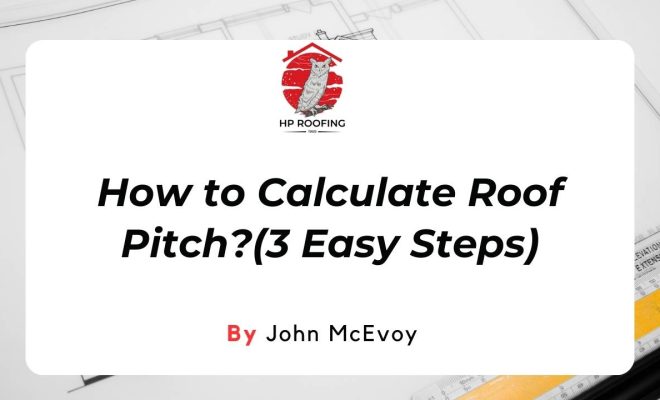How to Calculate Cubic Volume

Cubic volume is a fundamental concept used in various applications such as mathematics, engineering, construction, and logistics. It helps in determining the volume an object occupies in three-dimensional space, which can be especially useful when packing or shipping items, designing storage containers, or calculating building materials. In this article, we will discuss how to calculate the cubic volume of various shapes.
1. Rectangular Prism (Box)
The most common shape for calculating cubic volume is a rectangular prism. A rectangular prism is a solid with six faces that are all rectangles. Examples of rectangular prisms are boxes, crates, and rooms. To determine the cubic volume, you need three measurements: length (l), width (w), and height (h). Then, use the formula:
Cubic Volume = l × w × h
2. Cube
A cube is a special type of rectangular prism where all sides are equal. As a result, you only need one measurement: the side length (s). The formula is:
Cubic Volume = s³
3. Cylinder
Cylindrical objects, such as cans and pipes, also have cubic volume. To calculate it, you will need two measurements: the radius (r) of the base circle and the height (h) of the cylinder. The formula is:
Cubic Volume = π × r² × h
Remember that π (pi) is approximately 3.14159265.
4. Cone
Cones are another common shape that requires calculating cubic volume – think of ice cream cones or party hats. To find the volume of a cone, you need two measurements: the radius (r) of
the base circle and the height (h) of the cone. The formula is:
Cubic Volume = 1/3 × π × r² × h
5. Sphere
Spheres are round objects with no edges or vertices, like soccer balls or the Earth. Calculating the cubic volume of a sphere requires only one measurement: the radius (r). The formula is:
Cubic Volume = 4/3 × π × r³
When calculating cubic volume, ensure that all measurements are in the same units (e.g., inches, feet, or meters). The final answer will also be in a cubed unit (e.g., cubic inches, cubic feet, or cubic meters).
In conclusion, understanding how to calculate cubic volume allows you to determine the quantity of space occupied by various objects or structures. By measuring dimensions and applying relevant formulas, you can identify how much material is needed for construction, how much storage space is available, or even how to pack your belongings efficiently.






